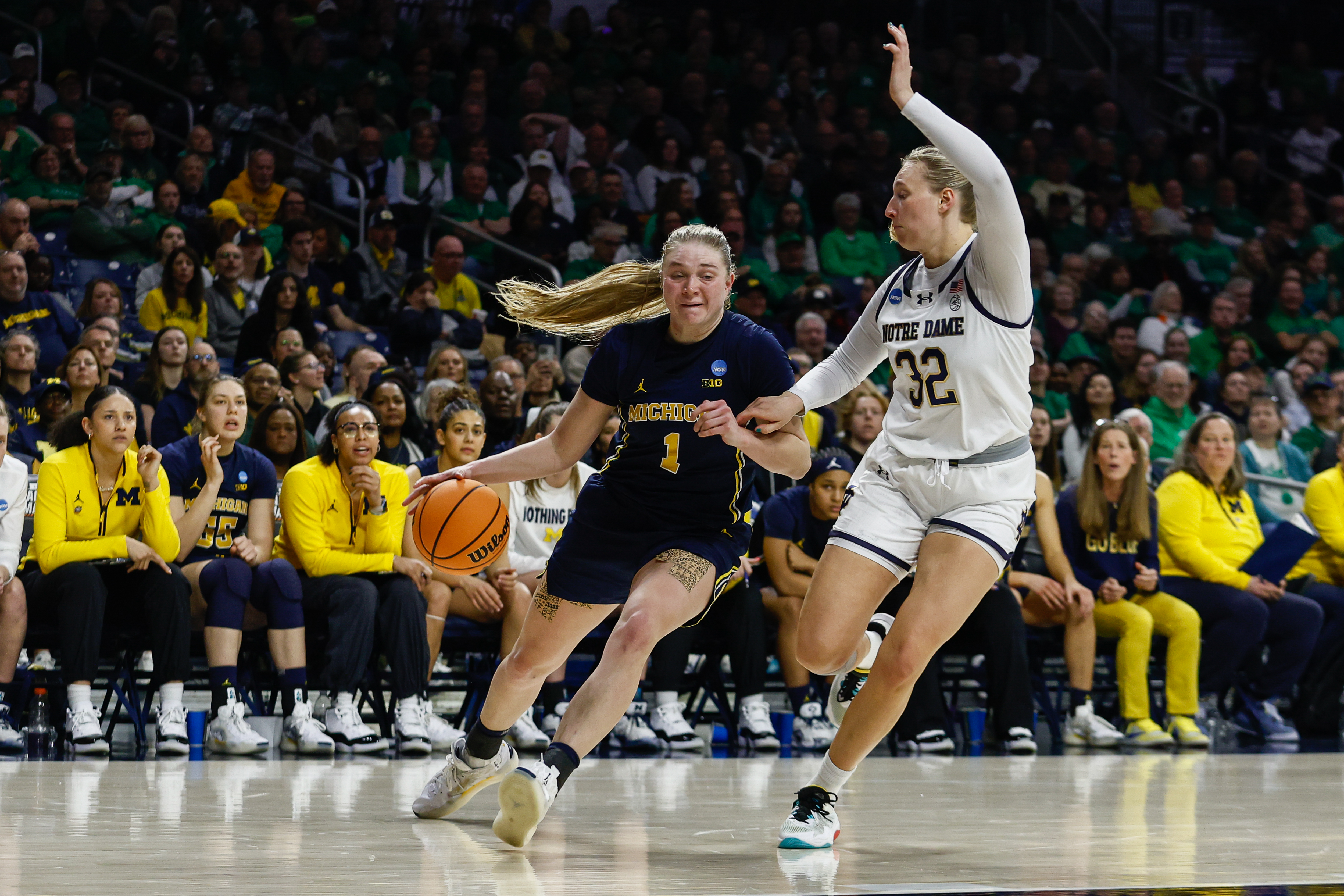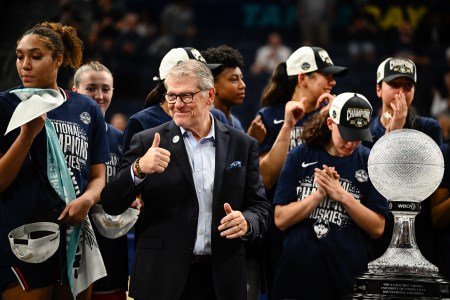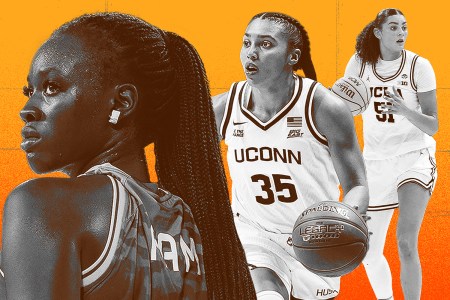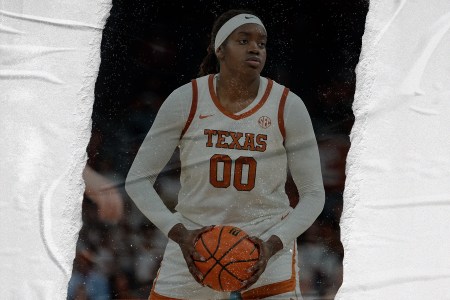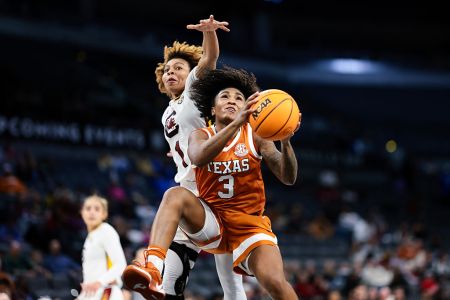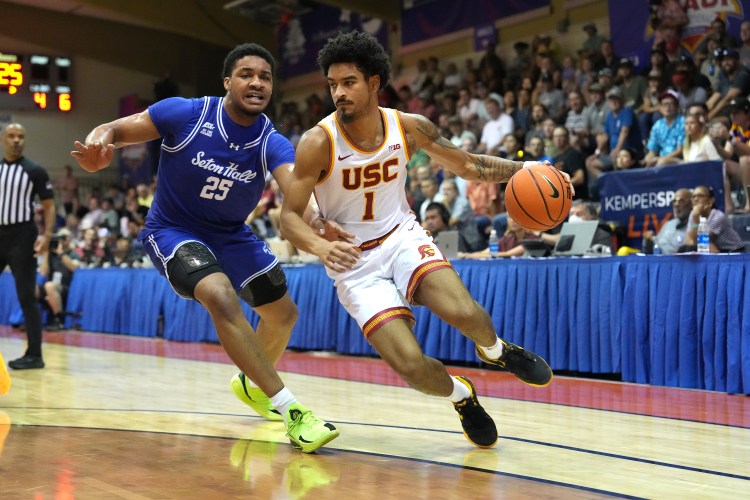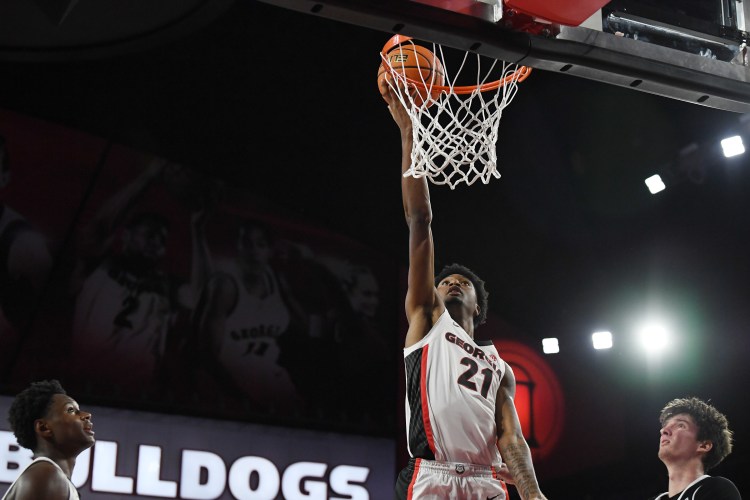After an offseason that saw over 1,500 players enter the transfer portal and 1,153 of those players signing with new squads, nearly every program in the country went through major changes. And with those changes come questions, questions that I’m happy to dive into week after week.
Heres the five burning questions on my mind this week:
How will Dawn Staley utilize Ta’Niya Latson?
Latson has been one of the country’s top guards since she won freshman of the year during the 2022-23 season. Last year the 5-foot-8 guard led the NCAA in scoring with 25.2 points per game to go along with 4.6 rebounds, 4.6 assists and 2.2 steals per game. So when Latson entered the portal, she instantly became a highly coveted transfer. Enter Dawn Staley and the South Carolina Gamecocks. Latson has proved herself as an individual talent, but playing at Florida State didn’t offer her the chance to win a National Title. Playing at South Carolina certainly does. Plus, Latson will be reunited with her former high school teammate, 5-foot-9 guard Raven Johnson. The duo won three state titles together at Westlake High School in Atlanta. It’s easy to see why Latson wanted to go to South Carolina and why the Gamecocks were keen to sign the dynamic guard, but how she fits into the gameplan remains to be seen.
During her time at Florida State, Latson was a high usage guard. She had the ball in her hands for 36 percent of her team’s possessions. But that’s not how the Gamecocks operate. South Carolina is a deep team, with MiLaysia Fulwiley recording the highest usage percentage last season at 33.3 percent. But things didn’t work out for the 5-foot-10 rising junior, who got inconsistent minutes before transferring to LSU this offseason. Latson is certainly more polished than Fulwiley, with a complete game on both sides of the ball, so there isn’t much of a comparison between the two, other than being ball dominant guards. But Staley’s teams like to share the wealth. Last season eight players averaged six or more points per game, with leading scorer 6-foot-3 freshman Joyce Edwards recording 12.7 per contest. Latson will likely have fewer shooting attempts (she took 19.5 shots per game in 2024-25), which gives her the opportunity to improve her efficiency, while finding ways to score without the ball in her hands. Staley and her staff will have to strike the right balance in order to get the most out of Latson, while still prioritizing their balanced attack.
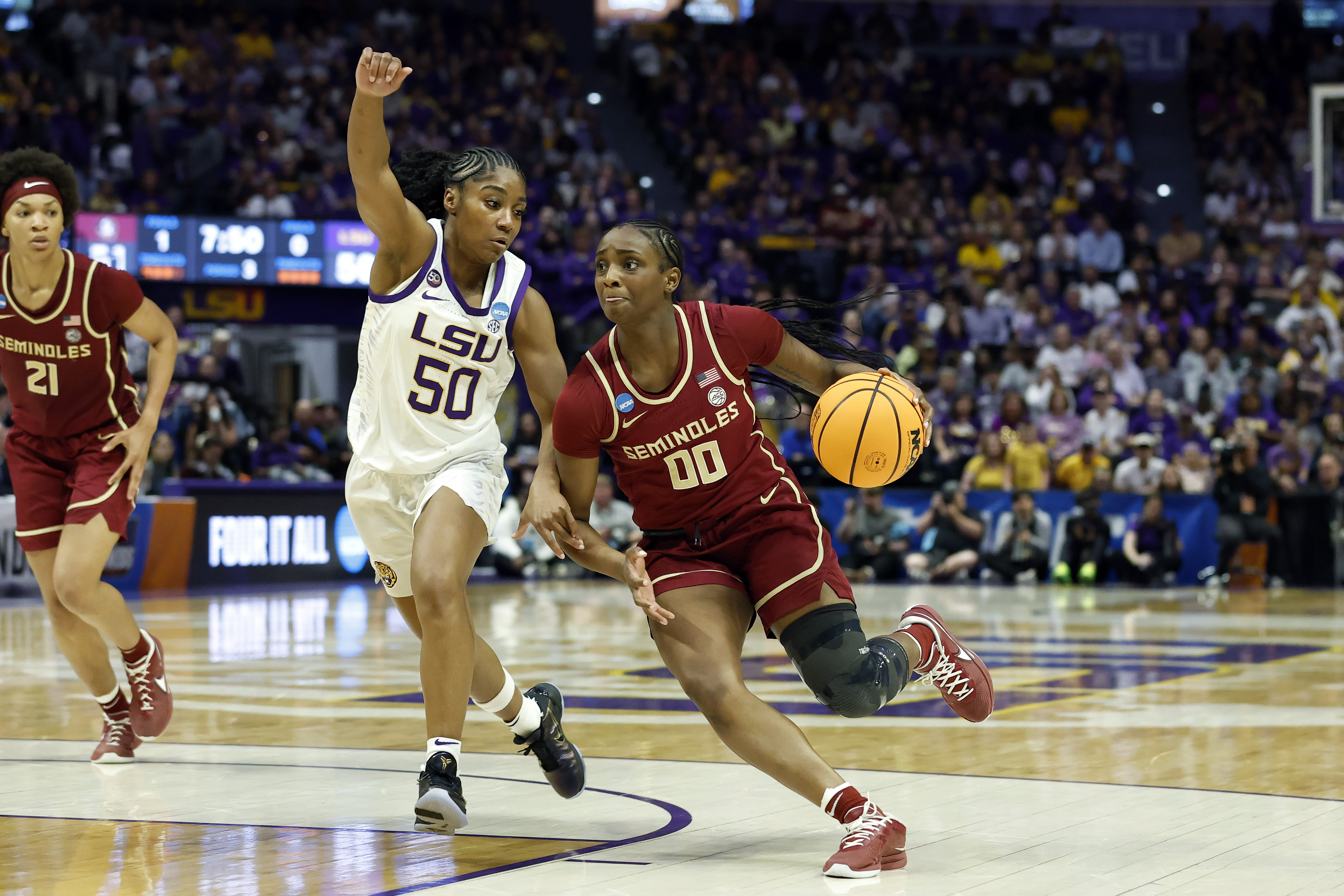
Is this the year for Ole Miss?
Coach Yolette McPhee-McCuin, has made Ole Miss into a legitimate contender in the SEC since she took over in 2018. The Rebels have also become a scary matchup in March Madness, making the Sweet Sixteen twice in the last three seasons. But after her team’s 76-62 tournament loss to UCLA last season, McPhee-McCuin said her team needed to land a big name transfer in order to make the next step. She’s had success in the portal in years past, finding players with potential that didn’t fit with their previous teams and elevating their play. But Ole Miss hadn’t quite landed the kind of talent she spoke of after the UCLA loss. That changed when former Ohio State standout Cotie McMahon entered the portal and signed with the Rebels soon after.
The 6-foot forward made a name for herself in an NCAA win over UConn during her freshman season where she scored 23 points. Since then, McMahon has been a consistent scoring threat, using her strength, size and athleticism to get past her defender with ease. She can score in the midrange and at the rim, and last season improved her three-point shooting from 23 percent to 37.4 percent. With solid role players that understand Ole Miss’ system surrounding McMahon, she could be just the player to get Ole Miss to the Elite Eight for the first time since 2007 and just the second time in program history.
5 Intriguing Storylines for the 2025-26 Women’s Hoops Season
Could UConn be even better? Who are their biggest threats and how might transfers alter the landscape? We preview the upcoming women’s season.
Can Texas overcome its shooting woes?
The Longhorns have been a title contending team for the last two years, making the Elite Eight in 2024 and the Final Four in 2025, but one thing has continued to hold them back: Three-point shooting. Last season the Longhorns shot just 29.6 percent as a team, with only two players (that saw significant minutes) shooting over 28 percent. The team’s leading scorer, 6-foot-1 point forward Madison Booker improved her three-point shooting percentage from 30 percent as a freshman to 40 percent last season, but she is still reluctant to pull the trigger from long range, opting instead to score in the midrange. Meanwhile, the team’s second-best three-point threat, 6-foot freshman guard Jordan Lee, only averaged 5.8 points per game. But, help is on the way. First, Lee will likely see an increase in minutes and therefore an increase in made threes. Last season she made 38 percent of her 2.7 attempts per game. She will be joined by the No. 5 ranked player in the incoming freshman class. Crump is an excellent three-point shooter, who made 39 percent of her attempts during her time playing in the Team USA system. If Crump, Booker and Lee can shoot consistently from beyond the arc next season, Texas’ NCAA title chances increase considerably. They still have one of the country’s best playmakers in 5-foot-6 point guard Rori Harmon plus a stellar defense. They also added a talented big in 6-foot-4 Arizona transfer Breya Cunningham, making for a well-rounded roster.
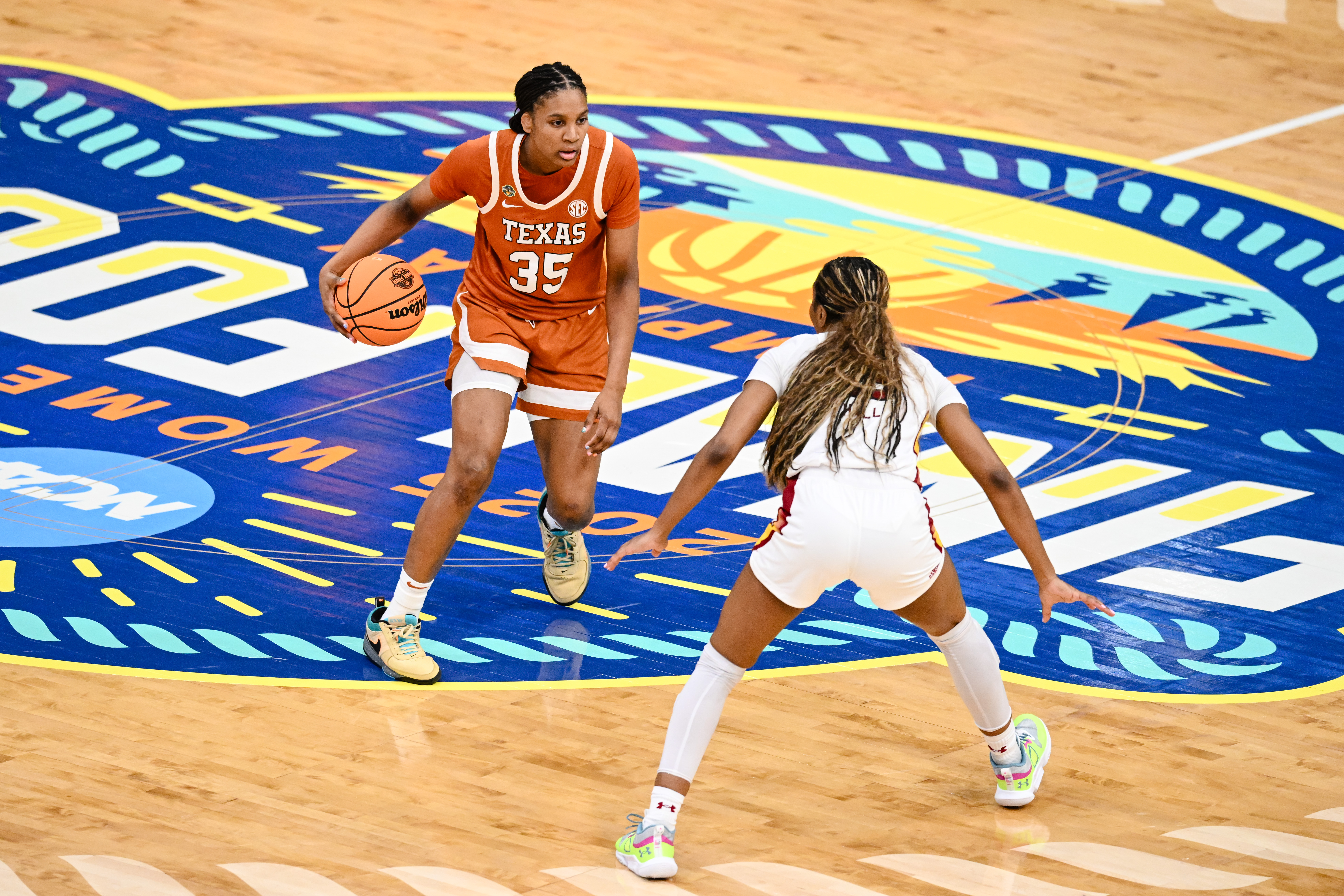
What does Kim Caldwell have in store for year 2?
After a successful first season at the helm that included a win over eventual champion UConn for the first time since 2007, Tennessee gave coach Kim Caldwell an extension on her contract, which now goes through the 2029-2030 season. Caldwell’s fast-paced style of play, which features full-court pressure and five subs at a time, turned heads last season. The Vols have long been chasing the success they once had under Hall of Fame coach Pat Summitt, and the school seems to think it has found a solution in Caldwell. Now, she has to deliver. Caldwell got off to an excellent start this offseason, signing two high-profile transfers in 6-foot-4 Janiah Barker and 6-foot-5 Jersey Wolfenbarger. Both players have clear talent, but struggled last season after hitting the portal for the first time. Barker averaged 12.2 points and 7.2 rebounds per game at Texas A&M before transferring to UCLA last season, while Wolfenbarger is a former five-star recruit who couldn’t find her footing at Arkansas or LSU. Caldwell is also bringing in a top recruiting class that features three five-star freshmen. The Vols went 24-10 last season, but with increased talent comes increased expectations.
Is Michigan’s young trio ready to take the next step?
During the 2024-25 season, three of the country’s best freshmen all played at Michigan. Olivia Olson (16.3 points, 5.3 rebounds, 1.4 steals per game), Syla Swords (16 points, 6.2 rebounds, 2.5 assists per game) and Mila Holloway (9.8 points, 4.4 assists. 3.1 rebounds) all came into their debut seasons ready to play. The trio led Michigan to an NCAA Tournament appearance and a first-four win over Iowa State, but they were inconsistent throughout the season. Still, they always managed to hang around when playing the country’s top teams, losing narrowly to programs like South Carolina, Ohio State and UCLA, while even securing wins over Michigan State and Maryland. But wins and losses didn’t necessarily matter in the grand scheme of things (the Wolverines went 23-11, finishing fifth in a stacked Big Ten conference). Instead, it was all about experience. Michigan’s freshman squad matured throughout the year, showing flashes of brilliance and promising chemistry. Now, it’s time to capitalize. The 2024-25 season proved that Olson, Swords and Holloway can play with anyone. Now, the 2025-26 season is about doing that consistently.
